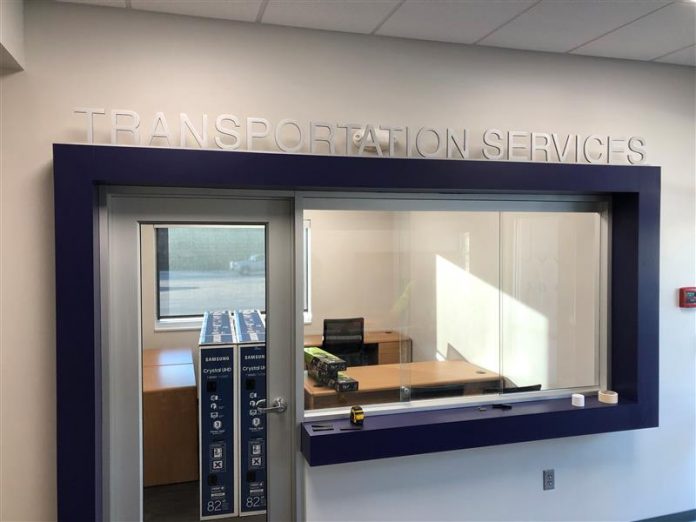Human beings seem predisposed to liking shiny new toys. Certainly, in covering the school bus industry we as journalists can get caught up in the latest and greatest. There is no shortage of eye-catching innovations, from electric school buses to sparkling new transportation facilities.
The last several years, we’ve featured some of the latter, multimillion dollar service centers that are outfitted with all the bells and whistles to take a fleet to the next level. They can include video monitors to display real-time weather and traffic conditions, the routes and locations of the operation’s school buses, air conditioning in the summer, heated floors for the winter, wireless mobile lifts. The innovations seem endless.
When feasible, such solutions can be an important aspect of a school district’s or a bus company’s operation, especially with the increasingly complex vehicles that require computers to diagnose and even perform repairs. State-of-the art equipment and facility features also can go a long way toward ensuring job satisfaction, especially amid the ongoing bus driver and mechanic shortage. As Technical Editor Robert T. Pudlewski advises this month, starting on page 18, investments in shop training, tools and working conditions are vital toward retaining current staff and attracting new applicants, especially as school districts and bus contractors compete with trucking and delivery companies, municipalities, and, yes, even the very vehicle dealers that you partner with. Such is the competition for new and existing talent.
Yet the simple fact is that many school districts nationwide don’t have the wherewithal, real or perceived, to offer their employees a 21st century experience at work. It’s telling that about 60 percent of our readers, according to a survey we conducted a few years ago, consider themselves to be small, rural operations. The thinking goes that these districts don’t have the budgets to play with the big boys and girls at large districts or companies. But a little goes a long way, as it turns out. And it all boils down to priorities.
This month, Associate Editor Taylor Hannon looks at school bus mechanic wages and job satisfaction. She asks if respondents feel valued by their direct supervisor and by their larger school district or bus company. Nearly 70 percent of the sample size, albeit small, that answered these questions—25 magazine subscribers who list their job title as a mechanic, technician or a related position—indicated that their supervisor holds them and their work in high regard. Slightly less, over 62 percent, hold similar views of their larger organization. Granted, these responses likely originate from operations that are proactive in their management styles and embrace innovations. Still, 51 of the total 55 respondents to the survey shared that the garages they work in have not been upgraded in the last five years. Even more telling are the necessary improvements they cited. By nearly a 3 to 1 margin, increased space/new facility was the most popular response when compared to air conditioning, computers to run diagnostics, improved organization, inventory controls, and maintenance software. (Meanwhile, fleet managers and transportation directors answering the same question in a separate survey said A/C was the most necessary new addition.)
The proper space to do one’s job effectively has become vital in this age of COVID-19, but there remains far too many districts and companies that continue to operate out of facilities that are older than most of the people who work there. Contributor Art Gissendaner features one of these operations, starting on page 26, which recently upgraded from a one-room, 1950s-era building that is normally used to house the school district’s prom dresses. It had two toilets, one for the women and one for the men. Forget computers, mobile lifts and air conditioning.
Technology can perform wonders, and who doesn’t want to be paid more? But student transportation leaders remain well aware that the basic necessities are what truly make a difference when trying to retain current employees and recruit new ones. It comes down to creating the space to activate a new, better culture, where all employees can at least feel appreciated.
Editor’s Note: As reprinted in the February 2021 issue of School Transportation News.

















